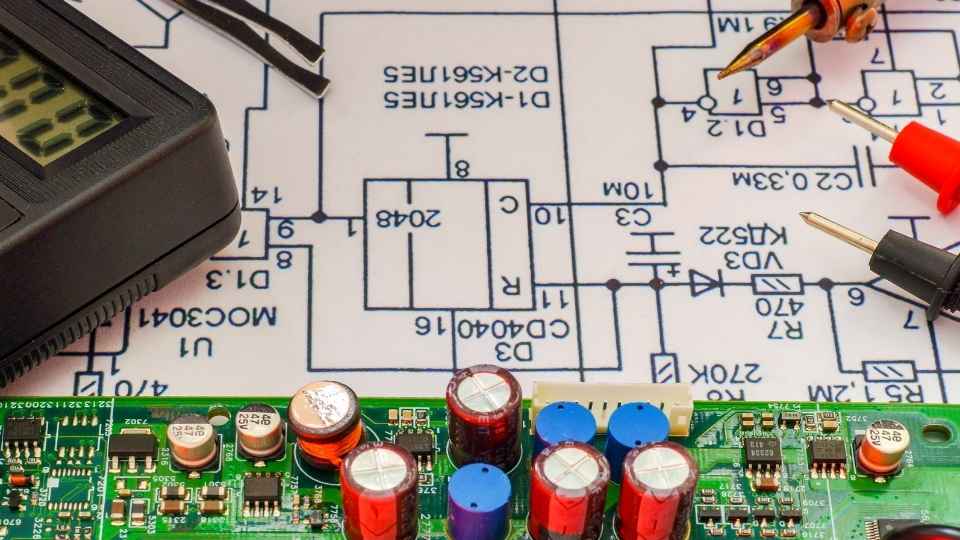
In the vast fields of agriculture, a new force is emerging: agricultural robots. These mechanical marvels are like diligent gardeners, tending to crops with precision and efficiency. They plant seeds, monitor growth, and even harvest produce, all with the goal of revolutionizing farming practices for a greener future.
Like a symphony conductor guiding each instrument to create harmonious melodies, these robots orchestrate the perfect harmony between technology and nature.
In this article, we delve into the world of agricultural robots and explore how they are planting the seeds for the future of farming.
Key Takeaways
- Agricultural robots, such as robotic seed planters, have revolutionized planting operations by increasing efficiency and precision in the planting process.
- Drones equipped with high-resolution cameras and sensors provide farmers with a new tool for monitoring and managing crops, allowing them to analyze crop health, detect pest infestations, and identify irrigation or fertilization needs.
- Robotics in livestock management, such as autonomous feeding systems and robotic milking machines, improve animal well-being and enhance operational efficiency.
- The future impact of agricultural robots promises increased yields, reduced labor costs, and more sustainable farming practices, as they can perform tasks with precision and efficiency surpassing traditional farming practices.
The Evolution of Agricultural Robotics
The evolution of agricultural robotics has revolutionized farming practices by automating tasks such as seed planting, leading to increased efficiency and productivity in the industry.
With the advent of robotic technology, farmers are now able to rely on sophisticated machines to perform repetitive and time-consuming tasks with precision and accuracy.
Robotic seed planters utilize advanced imaging systems and GPS technology to precisely place seeds in the soil at optimal depths, spacing, and patterns. This not only saves farmers valuable time but also ensures that each seed is planted in the most favorable conditions for germination and growth.
Furthermore, these robotic systems can adapt to various types of terrain and weather conditions, making them versatile tools for enhancing crop yield.

As a result, agricultural robots are transforming the way farmers approach planting operations, ultimately leading to higher yields and greater profitability in the industry.
Enhancing Crop Yield With Robotic Planting Systems
To enhance crop yield, the implementation of advanced automated systems for planting has proven to be highly effective. These robotic planting systems have revolutionized farming by increasing efficiency and precision in the planting process. By utilizing sophisticated technologies such as GPS and computer vision, these robots can accurately determine optimal seed placement and spacing, resulting in improved germination rates and overall crop productivity.
One key advantage of robotic planting systems is their ability to operate continuously without fatigue or human error. This allows for extended working hours, enabling farmers to plant larger areas within shorter timeframes. Furthermore, these robots can adapt to various terrains and weather conditions, ensuring consistent performance regardless of environmental factors.
In addition to increased productivity, robotic planting systems also offer other benefits such as reduced labor costs and minimized soil compaction. With fewer manual labor requirements, farmers can allocate resources towards other important tasks while maintaining high-quality crop production.
As technology continues to advance, we can expect further enhancements in robotic planting systems that will contribute to a more sustainable and efficient future of farming.
Utilizing drone technology has revolutionized farming practices by providing farmers with a new tool for monitoring and managing crops from above. Drones, also known as unmanned aerial vehicles (UAVs), offer numerous benefits to the agricultural industry.
Equipped with high-resolution cameras and sensors, these autonomous flying machines can capture detailed images of fields, enabling farmers to analyze crop health, detect pest infestations, and identify areas that require irrigation or fertilization. By providing real-time data on crop conditions, drones allow farmers to make informed decisions that can optimize yield and reduce costs.

Moreover, drones can cover large areas quickly and efficiently, saving time and labor compared to traditional manual inspections.
The use of drone technology in agriculture represents an exciting advancement that empowers farmers with greater control over their land while promoting efficiency and sustainability in farming practices.
Revolutionizing Livestock Management Through Robotics
Revolutionizing livestock management through the use of robotics presents an innovative approach to improving animal welfare and enhancing operational efficiency on farms. With the advancement of technology, robots have become an indispensable tool in managing livestock.
Here are some ways in which robotics is transforming livestock management:
Autonomous feeding systems ensure animals receive precise amounts of feed at scheduled times, reducing wastage and promoting healthy growth.
Robotic milking machines streamline the milking process by automatically attaching and detaching milking units, optimizing milk production and minimizing stress for cows.
Automated cleaning systems remove manure from barns, maintaining cleanliness and preventing the spread of diseases.

Remote monitoring and data analysis enable farmers to track vital parameters such as temperature, humidity, or animal behavior in real-time, allowing for early detection of health issues.
These advancements not only improve animal well-being but also free up time for farmers to focus on other essential tasks while ensuring optimal productivity.
The Future Impact of Agricultural Robots on Food Production
The integration of advanced technology in the field of agriculture has the potential to significantly enhance food production methods. One area that holds promise for the future of farming is the use of agricultural robots. These robots are designed to perform various tasks, such as planting, harvesting, and monitoring crops, with a level of precision and efficiency that surpasses traditional farming practices.
By utilizing sensors, cameras, and GPS technology, these robots can analyze soil conditions, detect pests or diseases, and apply fertilizers or pesticides only where necessary. This not only reduces waste but also minimizes the environmental impact of conventional farming practices.
Furthermore, agricultural robots can work autonomously or be remotely controlled by farmers using smartphones or computers. This allows farmers more freedom to focus on other aspects of their operations while still ensuring optimal crop production.
The future impact of agricultural robots on food production is immense - it promises increased yields, reduced labor costs, and more sustainable farming practices for a world hungry for freedom and efficient solutions in agriculture.
Frequently Asked Questions
What Are the Different Types of Agricultural Robots Available in the Market Today?
There are several types of agricultural robots available in the market today, including autonomous tractors, robotic harvesters, and weeding robots. These machines are designed to increase efficiency, reduce labor costs, and improve crop yields in farming operations.

How Do Robotic Planting Systems Contribute to Sustainable Farming Practices?
Robotic planting systems contribute to sustainable farming practices by increasing efficiency, reducing labor costs, and minimizing environmental impact. These systems use precise seed placement, optimize resource usage, and enable real-time monitoring for improved crop health and yield.
What Are the Key Challenges Faced by Farmers in Adopting Drone Technology for Crop Monitoring?
Adopting drone technology for crop monitoring poses several challenges for farmers. These include high initial costs, lack of technical expertise, regulatory restrictions, and concerns about data privacy and security.
How Do Robotic Systems Improve Animal Welfare and Reduce Labor-Intensive Tasks in Livestock Management?
Robotic systems improve animal welfare and reduce labor-intensive tasks in livestock management. By automating feeding, monitoring health, and managing waste, robots minimize stress on animals while saving time and resources for farmers.
What Are Some Potential Concerns or Risks Associated With the Widespread Implementation of Agricultural Robots in Food Production?
Potential concerns or risks associated with the widespread implementation of agricultural robots in food production include job displacement, increased reliance on technology, data security and privacy issues, and potential adverse effects on biodiversity and ecosystem health.
 Basic Electronics ConceptsEssential ToolsCircuit Design BasicsMicrocontrollersDIY Electronics ProjectsRoboticsPrivacy PolicyTerms And Conditions
Basic Electronics ConceptsEssential ToolsCircuit Design BasicsMicrocontrollersDIY Electronics ProjectsRoboticsPrivacy PolicyTerms And Conditions
